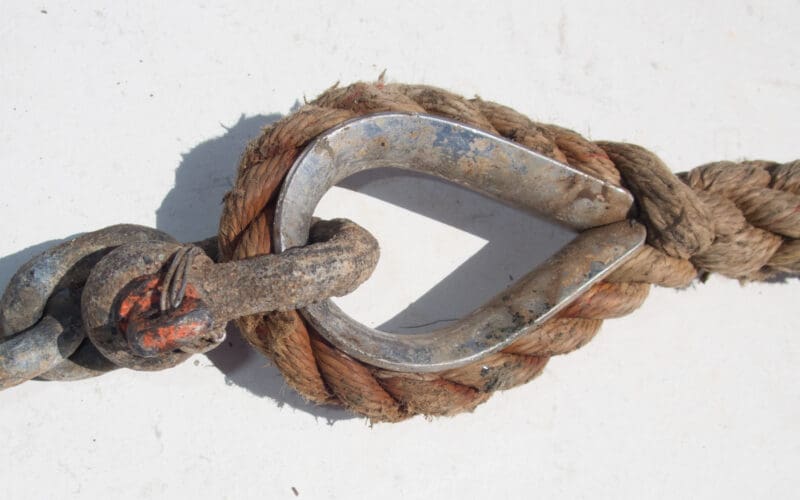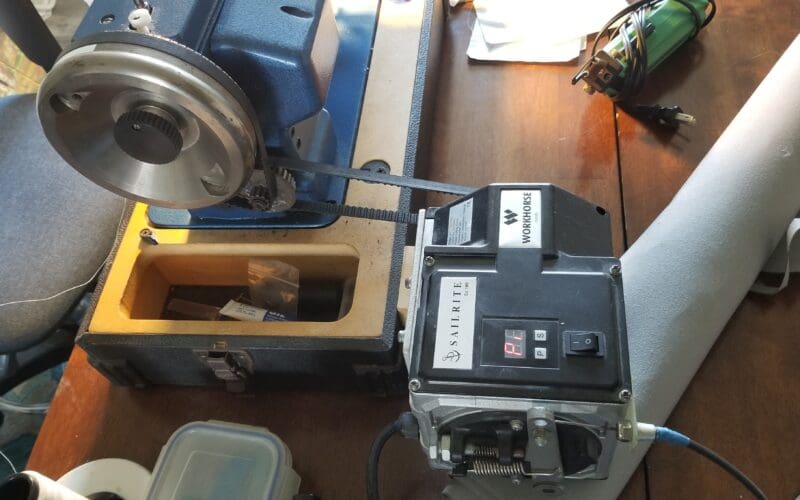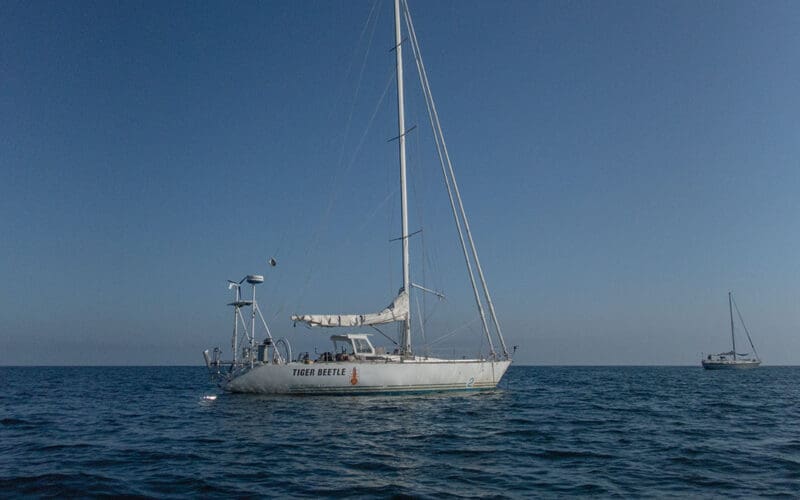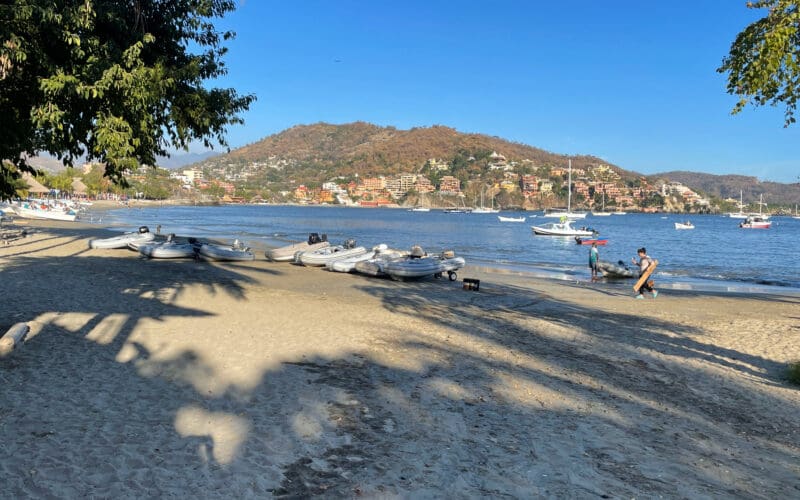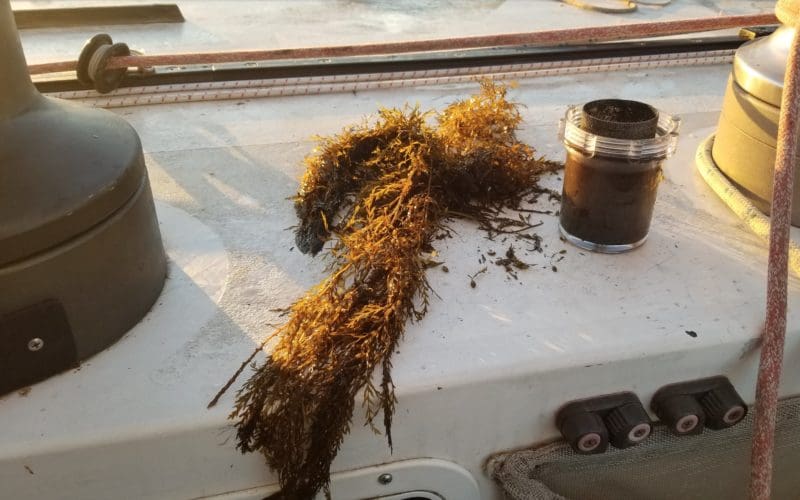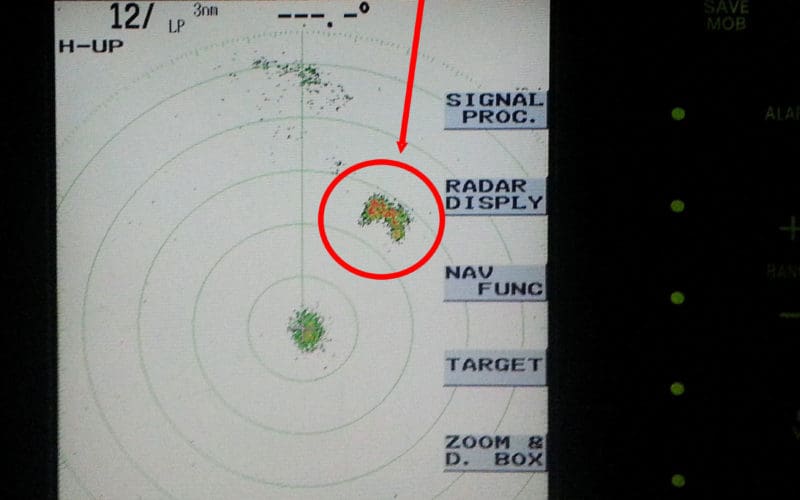19
Jun
On board Beetle, with her 8-foot draft, I like to anchor in 30 feet of water when possible. This often puts me way out on the fringe of the fleet, and that's fine—there's a reason Beetle carries a dinghy with an outboard motor. Sometimes I can't find 30 feet of water, and the bottom is much further away—150-foot depth is my maximum so far. The general anchoring scope recommendations I've read call for 3:1 or 4:1 on all chain and 5:1 to 7:1 (better) on a short length of chain plus nylon rode. The goal is to present a horizontal…

